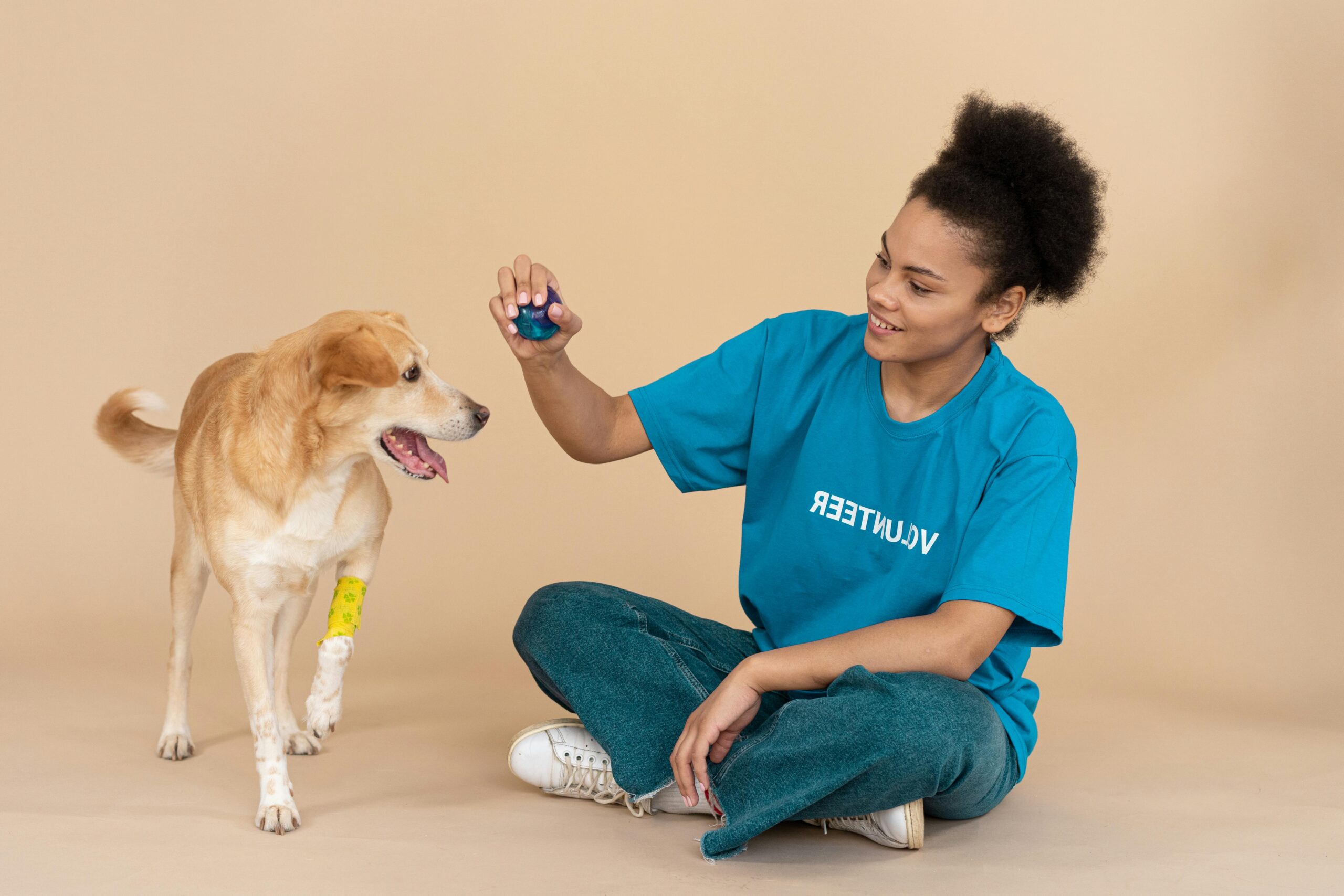Choosing the Right Service Dog in Training Patch
Whether you’re a dog handler, trainer, or service dog owner, finding the right service dog in training patch can dramatically improve your training process and public interactions. As awareness grows about service animals and their rights, it’s more important than ever to properly identify your service dog in training. This comprehensive guide will walk you through everything you need to know—from fundamentals to advanced applications.

Understanding the Fundamentals
A service dog in training patch is a visible identifier that alerts the public that your dog is undergoing specialized training. These patches are essential tools for creating boundaries, avoiding unnecessary distractions, and ensuring smoother transitions in public spaces.
Historically, service animals were trained in private or institutional settings, but today, many owners participate actively in their dog’s development. Understanding why and how patches are used is critical for every trainer and handler.
1.1 Purpose of Identification
A clearly marked service dog in training patch signals that your dog is working and should not be petted or distracted. This identification not only fosters respect but also promotes safety for both the dog and public.
Studies show that public distractions are a major cause of delayed service dog graduation rates. Patches help mitigate this by reducing unwanted interactions.
1.2 Legal and Ethical Considerations
While the ADA allows service dogs access to most public areas, service dogs in training may not be covered under the same rules depending on the state. However, a visible patch often encourages cooperation from businesses and bystanders.
It’s important to be honest about the patch’s use. Misrepresenting a pet as a service dog is unethical and, in many states, illegal.
Practical Implementation Guide
Once you understand the value of a service dog in training patch, the next step is applying that knowledge effectively. This includes selecting, attaching, and using the patch in various environments.

2.1 Actionable Steps
- Choose the Right Patch: Look for high-contrast lettering, durable material, and waterproof backing. Velcro patches allow easy changes during various training phases.
- Attach It Securely: Use a vest or harness with patch panels. Ensure it’s snug but not uncomfortable.
- Introduce the Patch Gradually: Start with short trips in low-traffic areas. Observe your dog’s behavior and adjust accordingly.
2.2 Overcoming Challenges
Common obstacles include public interference, patch detachment, and discomfort for the dog. Choosing high-quality materials and proper sizing can prevent many of these issues.
Watch for signs of distress, such as excessive scratching or lethargy. Consult a trainer if issues persist. Keep a spare patch on hand to replace damaged or missing ones.
Advanced Applications
Once your dog is accustomed to wearing a service dog in training patch, you can use this tool in more complex environments like airports, hospitals, or schools. This requires advanced preparation and confidence from both the handler and the dog.

3.1 Dual-Language or Icon Patches
In areas with multilingual populations, patches with universal symbols or multiple languages can bridge communication gaps. For instance, using both English and Spanish on a patch ensures clarity for a broader audience.
Case studies have shown that handlers using icon-supported patches report fewer interruptions during training.
3.2 Customization for Specific Needs
Some patches include specific roles like “Medical Alert,” “Seizure Response,” or “Hearing Support.” Matching your patch to your training specialty streamlines public interaction and assists in emergencies.
Ensure that the patch aligns with the vest and doesn’t conflict with other training gear. Compatibility improves efficiency and safety.
Future Outlook
The industry of service dog accessories is rapidly evolving. Future patches may integrate digital technologies such as QR codes linking to training status, certifications, or emergency contacts.
As legal standards develop, more states may require consistent patch usage and verification systems. Staying ahead of these trends ensures your service dog is compliant and well-recognized.
Conclusion
In summary, the service dog in training patch is more than just a label—it’s a communication tool, a safety measure, and a legal safeguard. From choosing the right material to advanced customization, each step contributes to your training success.
Start with the basics, evolve with experience, and remain adaptable to new challenges. Take action now to ensure your service dog is identified and protected every step of the way.
Frequently Asked Questions
- Q: What is a service dog in training patch? A patch that labels a dog undergoing service training, helping reduce distractions and improve public access.
- Q: How do I begin using a training patch? Start by selecting a suitable vest and patch, then ease your dog into wearing it during short outings.
- Q: How long does training with a patch typically last? Timelines vary, but most handlers use patches throughout the 6–18 month training window.
- Q: How much does a service dog patch cost? Basic patches range from $10–$25. Custom or high-visibility options may cost up to $40.
- Q: Is this better than other identification options? Yes. Patches are more visible and durable than tags or collars, making them ideal for public settings.
- Q: Is it hard to train a dog to wear a patch? Not at all. Most dogs adapt quickly if the patch is introduced gradually and fits well.
- Q: Can this be used in schools or hospitals? Yes, especially when the patch includes specific designations like “Medical Response.” Always check facility rules.
